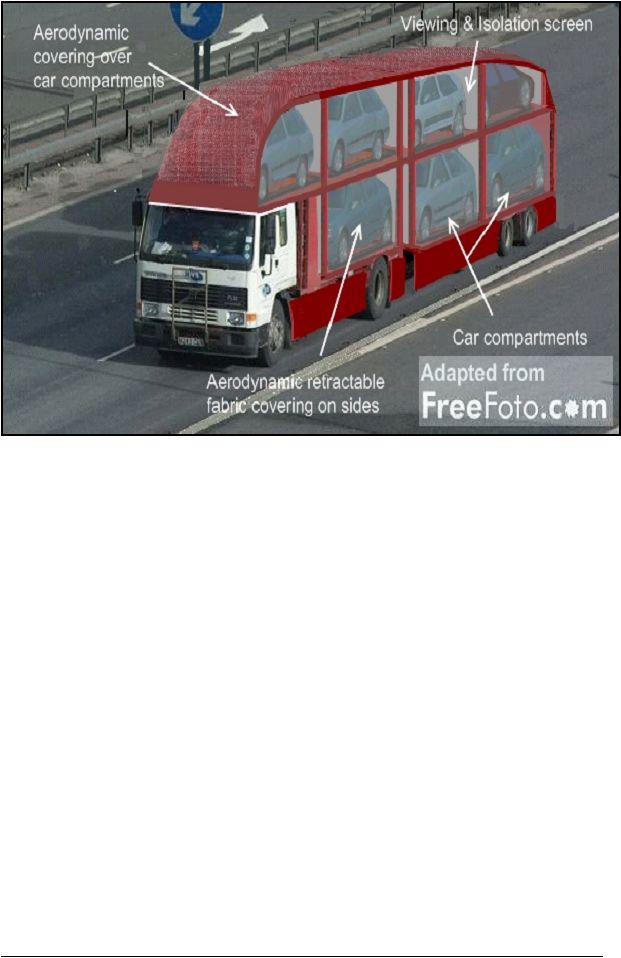
Figure 16 Electric Car Transporter (ELECAT)
Each car is ‘housed’ in a separate compartment on the transporter. Each compartment has retractable fabric
material down the sides to reduce the overall aerodynamic drag on the vehicle. In this example electric cars
can be charged on-route from an engine driven generator thereby extending their effective range. The engine
could be fuelled from renewable biodiesel.
5.4.2
Design of the ELECAT and Associated Infrastructure
The design of the ELECAT would be different to conventional car transporters since it must enable cars to be
moved on and off the transporter at intermediary transfer stations whilst the others remain in place. Moreover,
this process must be rapid so the ELECAT can quickly continue on its journey.
It is proposed that the ELECAT comprises twin tiers, each containing three or four compartments which has a
rotating guideway for loading each vehicle. During loading, these guideways are placed at an angle of between
45 to 90 degrees to the axis of the ELECAT so the cars can be driven ‘sideways’ onto wheel guides (see figure
17). The front bumper of the car could be fitted with a ‘parking’ proximity device so as to brake the car when it
touches a stop at the front of the compartment to ensure close ‘packing’ of the vehicles. Once the car is
embarked and handbrake engaged, the guideway is then rotated back until they are parallel to the ELECAT axis
so the cars fit on the ELECAT lengthways. In this way any car below a given size can be embarked or
disembarked without allowing the car to the immediate front or rear of it to remain in place. In the interests of
speed and space it is proposed that occupants remain in each car at all times to ensure rapid loading and
unloading at the transfer stations. It is suggested that the whole procedure should be completed in less than 30
seconds.
The tractor unit of the ELECAT could be used to tow freight trailers outside peak periods to ensure high
utilisation throughout the day and year. It is also envisaged that car drivers could easily be trained to drive a
highway ELECAT, since they would not require any of the complex skills normally required to drive and
manoeuvre articulated vehicles on minor roads and within compact loading areas. If the passenger in the
See |‘spreadsheet 3’ “trip distance vs no of trips UK” derived from table 3.4 Trips per person per year by distance and main mode,
|Transport statistics Bulletin, National travel survey 2006

